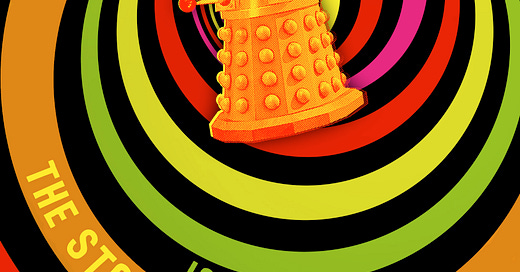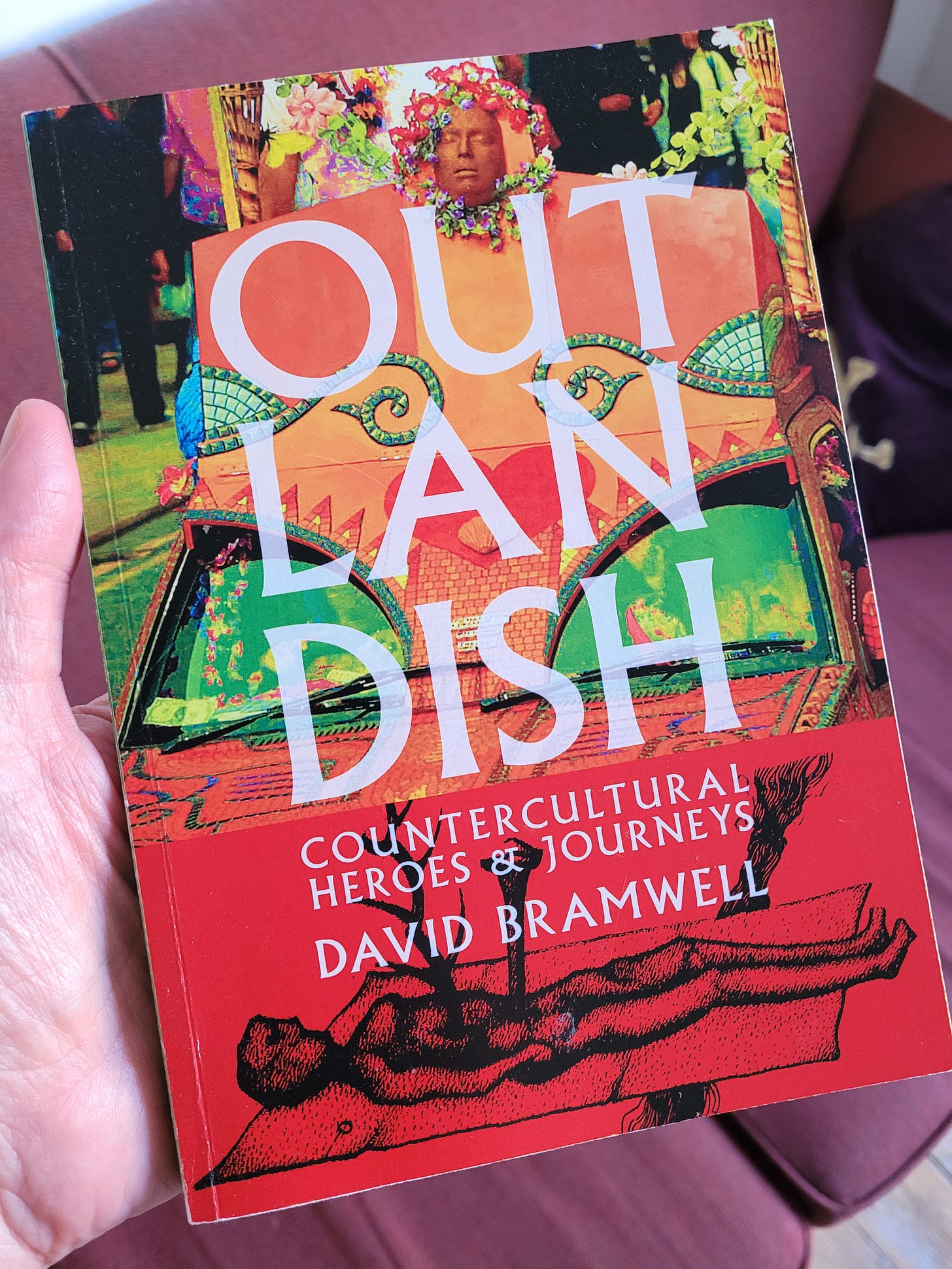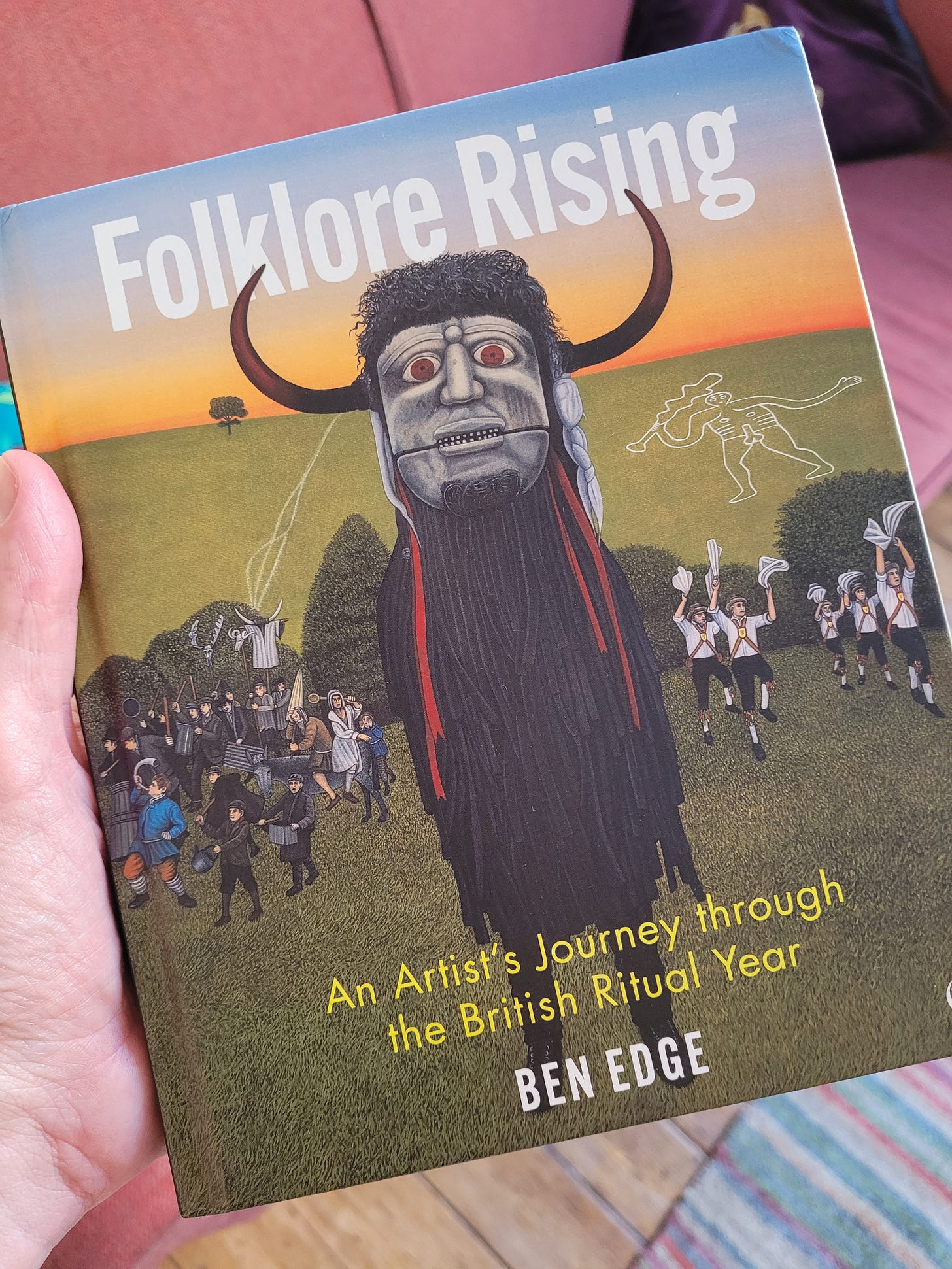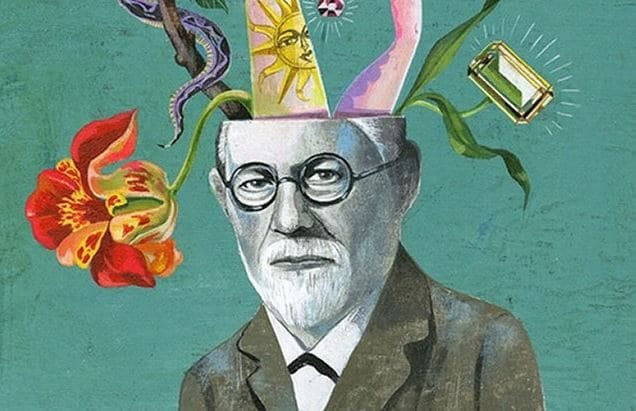It’s that time again - the reveal of the cover of my next book. Here you go, look at this beauty:
I know! Would that not look handsome on your shelves?
It’s been a lot of fun writing this one, as you can imagine. I’ve always been fascinated by the evolution of fictional characters, and the Doctor has an ability to adapt to changing times unlike any other. The book is about many things, including why we are so addicted to story, and how many people have to give parts of themselves to a fictional character to allow it to live. I’ll tell you more about it soon.
I hope you enjoy it. If you could be persuaded to pre-order it ahead of its release next April, that would be a huge, huge help.
That said, it is only right that I also mention that a fantastic crop of other people’s books are being released in October, which might tempt your wallet first. I’ve been lucky enough to read the following and can report that really you need them all.
First up is the opening book in Alan Moore’s Long London fantasy series, The Great When. It’s funny and very approachable - think Terry Pratchett writing one of Ben Aaronovitch’s Rivers of London novels - but still unmistakeably Alan. This has ‘massive hit’ written all over it, and it’s out on Tuesday.
Also out on Tuesday is David Bramwell’s latest, Outlandish, a collection of essays about quests and heroes that are wild, bizarre and, yes, outlandish. Exactly the sort of thing we need more of, in other words. It’s great fun, beautifully designed and if you’re quick and pre-order it soon, it comes with a free digital album - see here for details.
Then, one week later, Ben Edge’s Frontline Folklore arrives. This is one artist’s account of the grassroots folk traditions that so bemuse the establishment. If you’re a fan of Ben’s artwork this will not disappoint, as it is packed with his vivid images, but it’s the giddy delight in the text that I think makes this book really special.
And if you have any pennies left after all that, a reminder that pre-ordering Exterminate / Regenerate is still the heroic move. Good luck!
BLATHER
A new book cover to promote means I must brace myself and return to Twitter, or what is left of it. You know the score - the friends you used to follow are hidden from you now, and instead you are served up fake pictures and fake people, attention farmers and mistrust, and the endless babble of bots - so many bots! - waffling away to other bots, nearly passing as human, always playing the algorithm to boost scams or conflict.
The currently-jailed OG Trump strategist Steve Bannon believed that “the real opposition is the media, and the way to deal with them is to flood the zone with shit.” It was bad enough when he did it, but countless others then adopted his strategy. They then acquired huge armies of AI bots able to spread shit in vast quantities. As a result we are now at the stage where, by anyone’s standards, there is just too much shit everywhere. In these circumstances, all you can really do is walk away. Best to leave the zone to those who enjoy that sort of thing.
In the 80s, there was a (fake) virtual television presenter called Max Headroom. He was startling, original and strangely subversive, and the whole thing seemed incredibly exciting at the time. What we didn’t realise then was that if you could make one AI presenter, then you could just as easily make 100,000 of them. And when that happens, any appeal that the likes of Max Headroom might have vanishes very quickly.
Perhaps it was always going to turn out like this. Social media companies gradually refined their algorithms to promote what are called ‘Cluster B’ personalities - volatile, histrionic, narcissistic, you know the type. This was all done in the name of engagement. Perhaps there were valid business reasons for this self-sabotage, but it could easily just be that the people behind the technology have been unconsciously recreating the world in their own image. That would make the history of the development of social media one long digital fossil record of greedy people slowly poisoning their own souls.
Yet for all this, I wouldn’t want to abandon the digital world forever. Despite the fog of misinformation and propaganda, it still contains things that you will find nowhere else. Importantly, it allows you to hear the voices of people invisible to the rest of the media. What you find is not always pleasant, but it is often valuable. Television and newspapers report basic information about what’s happening in Gaza, to give one example, but it is online where you start to understand the scale and the inhumanity of what is happening. No-one wants to see things like this, of course, but it is wrong to turn away.
Looking at social media now reminds me of Freud attempting to interpret the dreams of his patients. These may have been accounts of meaningless nonsense disconnected from reality, but they still offered insights into the subconscious not available anywhere else. The disturbing, illogical, unreal dream world, he believed, allowed him to glimpse clues to unconscious subterranean motivations. Perhaps somewhere behind the algorithmically induced grifters and AI slop of contemporary social media there lie clues to the subconscious of the global digital mind.
A lot of people are walking away from social media at the moment, and they do seem much happier for it. I had a deja-vu moment recently when I saw new copies of SchNEWS in the pub. SchNEWS was a local grassroots radical newsletter from the 1990s and 2000s, so it was not something I expected to find now. It stopped printing and went online around 2014, where it gradually became invisible to all except those intentionally looking for it.
Finding a new edition in a pub was a reminder of just how much more impactful a physical issue is, and how it can reach random people in a different way to digital content. Publications like Weird Walk, for example, seem to me to have a much more significant cultural presence because they are predominantly physical, and valued.
The digital world is not going away, but I suspect the balance between analogue and digital is shifting. It’s still not an easy zone to navigate, but the analogue does a good job of showing you what is wrong with the digital, and why it needs to be fixed.
AND ALSO
Before I go, here’s a few things that I’ve been up to -
The Herb Sundays’ newsletter had a good essay about the KLF. There’s a few words from me in this.
Over in Lewes, The East Sussex Psychedelic Film Club - ESP-FC - is gearing up for its winter season, starting with a double bill of Roger Corman’s The Trip (1967) with Luis Buñuel and Salvador Dalí's Un Chien Andalou (1929). That’s sold out, but if you want advance notice of the treats coming up, your best bet is to sign up to our newsletter.
Here’s a long lost audio chat between me and Rob Manuel of B3ta/Fesshole about my love of the Monkey Island videogames. It was recorded a couple of years ago as a pilot for a podcast series that never happened. It’s probably one of my favourite interviews, so it’s great to see it finally emerge. As a follow up, I can report that I did indeed finish Red Dead Redemption 2.
And for a different tone, an interview I did a while back for Endless Vital Activity has just come out. This was with David Johnston, who is part of Brian Eno’s Hard Art activist collective. They did a bunch of social promo graphics for it, and I was particularly tickled by this one:
Did I mention you can now pre-order Exterminate / Regenerate?
Until next time,
jhx













Writers on Film awaits.
Great to see that there was a new issue of Schnews - but it's a shame it was just a one-off. That single-sheet zine format is sadly underused.
The book is ordered - can't wait to read it!